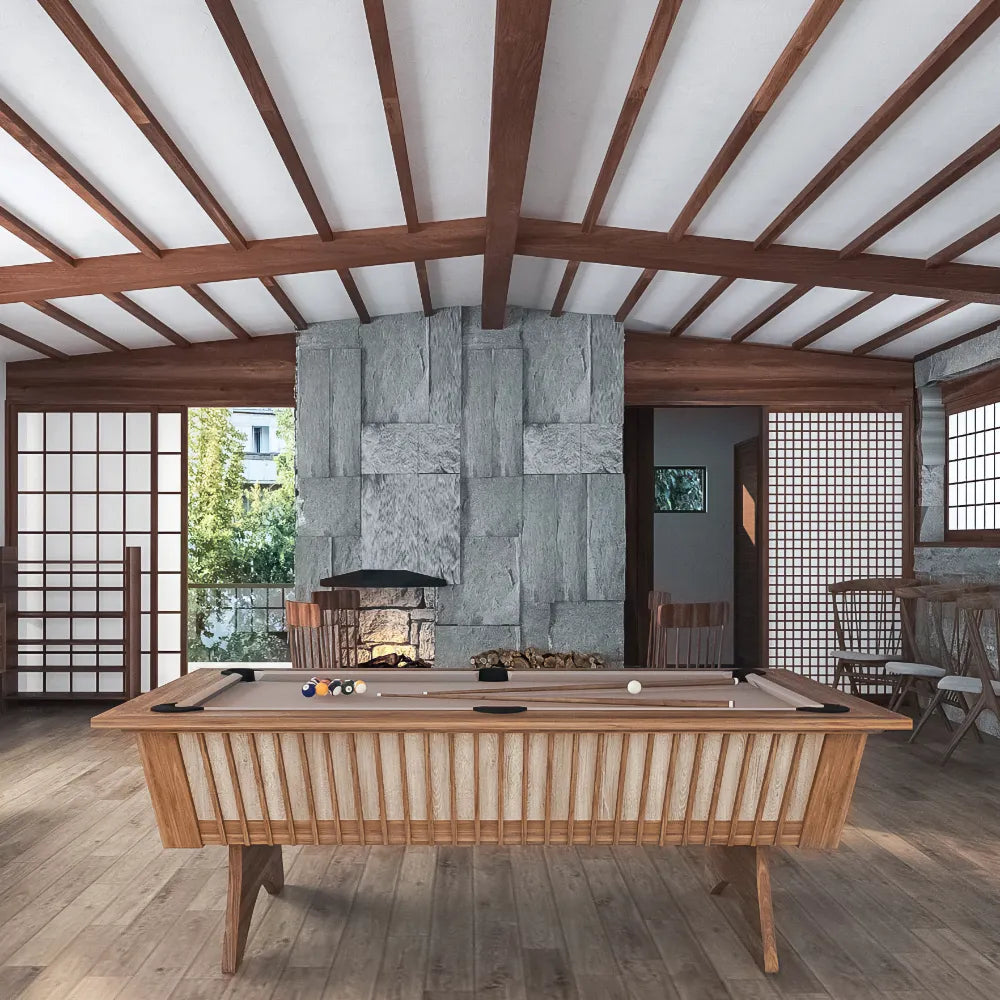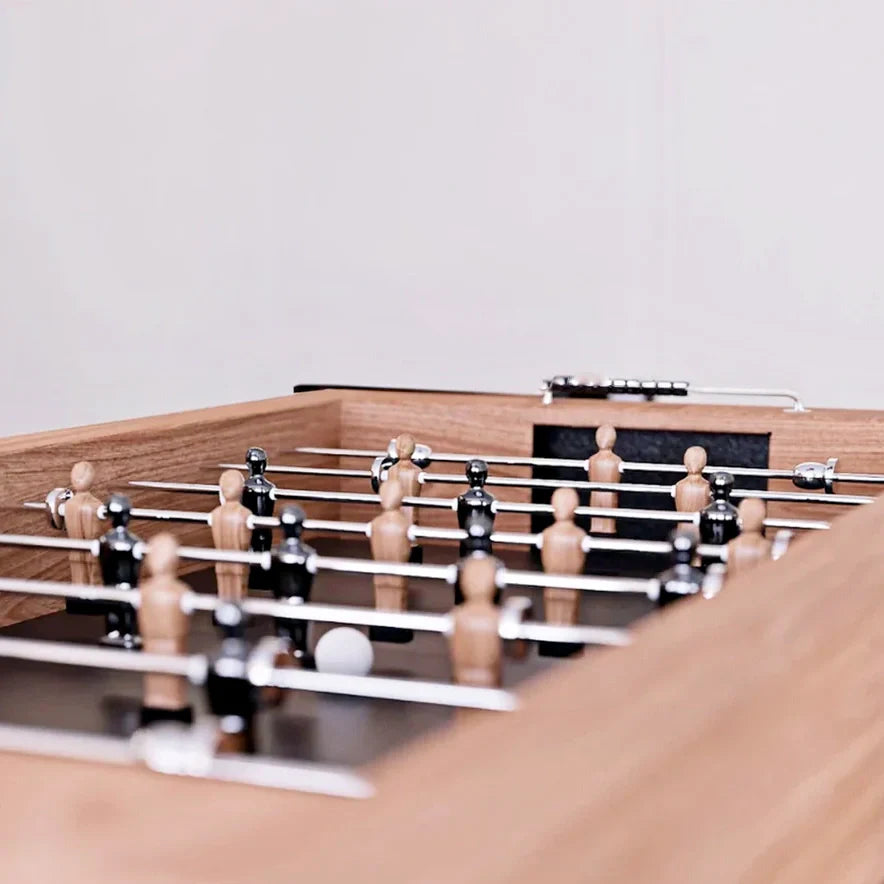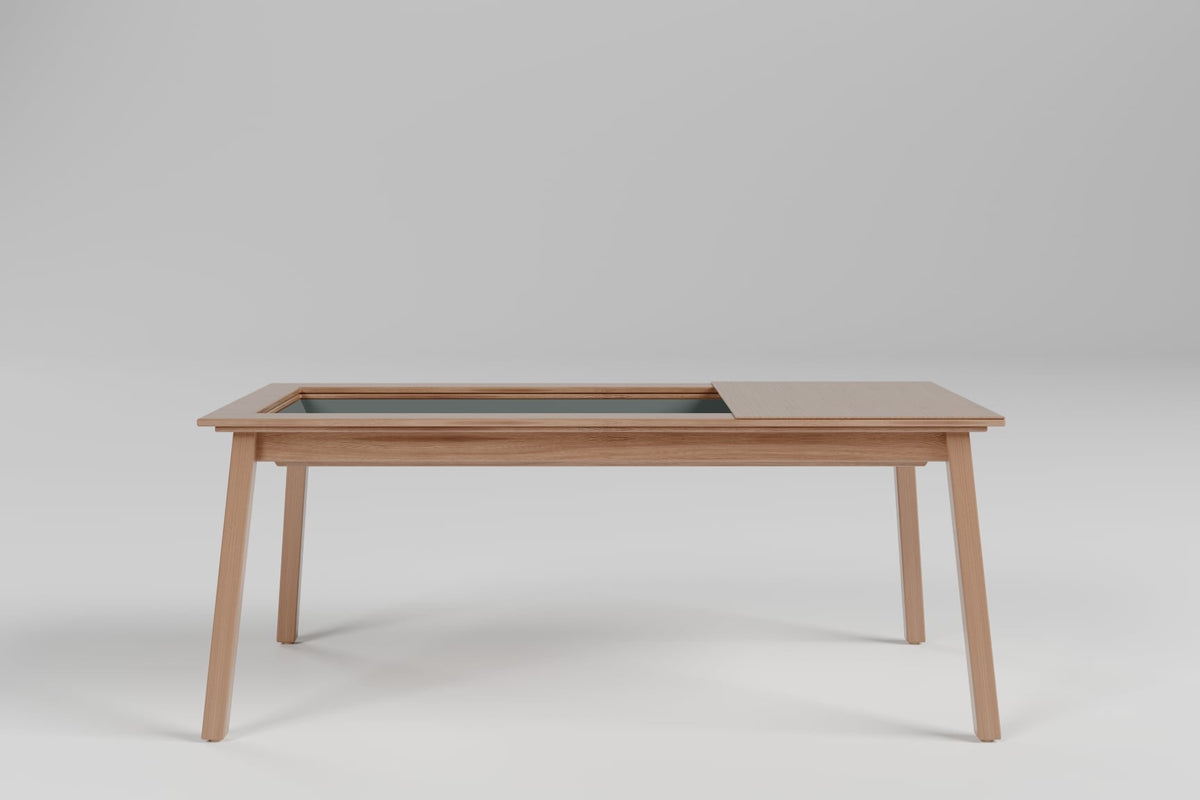If you’ve ever chalked up your cue and racked a tight triangle, you’ve probably come across both Aramith and Championship pool balls. They’re two of the most recognized names in the game but they’re not the same.
Whether you're a home table hobbyist or a weekly league regular, the type of balls you use matters. From roll consistency to wear resistance, ball quality shapes your entire playing experience.
Let’s break down the differences between Aramith and Championship balls, look at how ball performance ties into different rack types, and walk through common racking mistakes and pro tips you’ll actually want to use.
What Sets Aramith Apart?
Aramith is a Belgian company that’s been around since the 1950s, and they’ve become the gold standard for professional tournaments worldwide. The secret? Phenolic resin.
Why Phenolic Resin Matters
- Durability: Aramith balls last 5 to 8 times longer than standard polyester balls. They don’t chip, scratch, or discolor easily.
- True roll: The perfect weight distribution ensures consistent spin and rebound angles.
- Low burn: Less friction means fewer "burn marks" on your felt from heavy breaks.
Aramith offers several tiers, from the Aramith Premier for home use to the Super Aramith Pro and Tournament Black editions used in televised matches.
How Championship Balls Stack Up
Championship focuses more on value oriented ball sets. They’re often bundled with tables or used in casual settings, and they're usually made from polyester resin, which is softer and less dense than phenolic.
What They Do Well
- Affordability: Championship balls are significantly cheaper, sometimes less than half the price of an Aramith set.
- Beginner-friendly: Great for entry level or non competitive play.
- Lighter feel: Some players like the slightly softer impact and lighter weight for slower games.
But they tend to wear faster, especially on aggressive breaks. They're fine for occasional use or starter sets, but after a year of regular play, you'll likely start to notice chalk staining, inconsistent roll, or slight surface dulling.
Ball Quality and Rack Types: Why It All Matters
Whichever set you use, your balls interact with the rack differently depending on the game format. Understanding this can improve your break and even change how you choose your equipment.
8-Ball: Packed Tight, Corner Rules
- Rack shape: Standard triangle
- Key rule: The 8-ball goes in the center, and each bottom corner must have one stripe and one solid.
- Pro tip: Use Aramith or similarly weighted balls to get a strong, centered break that spreads the rack cleanly. Uneven or misshapen balls can create weak or lopsided spreads.
9-Ball: Precision is Everything
- Rack shape: Diamond
- Key rule: The 1-ball is at the apex, 9-ball in the center. Other balls placed randomly.
- Common mistake: Not aligning the balls perfectly tight. Even tiny gaps can throw off your break shot.
- Pro tip: Use a template rack with Aramith balls for perfect contact and symmetry. Championship balls sometimes don’t rack as tightly due to slight size inconsistencies.
Straight Pool (14.1 Continuous): Consistency Over Power
- Rack shape: Triangle for 15 balls
- Key rule: No specific order, just tight and centered. After 14 balls are pocketed, you re-rack for continuous play.
- Pro tip: Smooth ball surfaces help maintain pace and rhythm. Overused or chalk-caked balls can drag and ruin flow something Aramith resists better than softer polyester balls.
Racking Right: Common Mistakes to Avoid
- Loose racks: Gaps between balls kill your break energy. Press them gently into place or use a precision rack.
- Worn felt spots: If your felt has a dip where the apex ball sits, your rack won’t be square. Try rotating the rack position.
- Dirty balls: Chalk buildup increases friction and reduces slide. Clean your balls regularly (especially with Aramith ball cleaner for phenolic sets).
So, Which Balls Should You Choose?
| Feature | Aramith | Championship |
|---|---|---|
| Material | Phenolic resin | Polyester resin |
| Durability | 5–8x longer than polyester | Good for casual play |
| Price Range | $$$ (Premium to Pro) | $ (Entry level) |
| Feel & Roll | Consistent, professional-grade | Slightly lighter, less precise |
| Best For | Serious players, leagues | Beginners, casual play |





0 comments